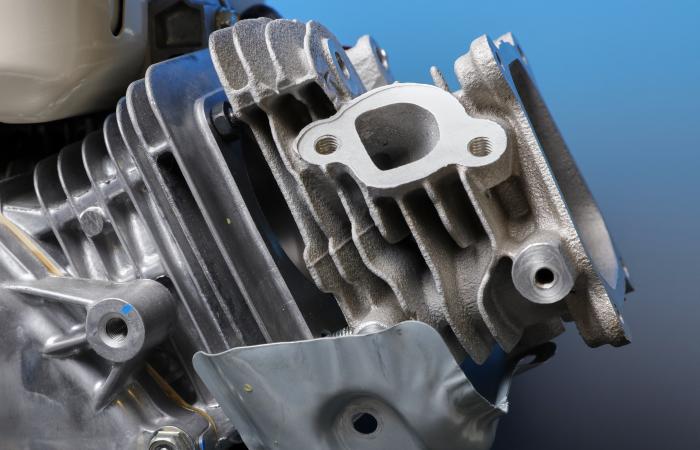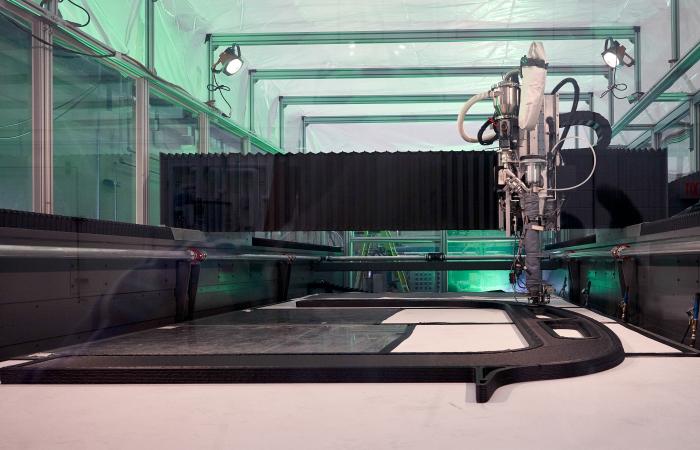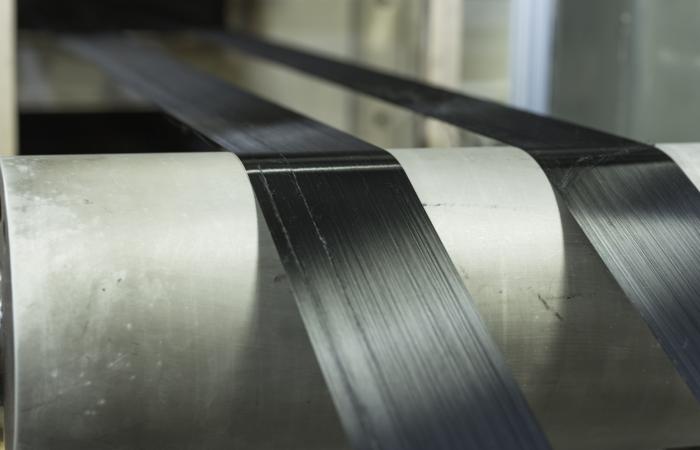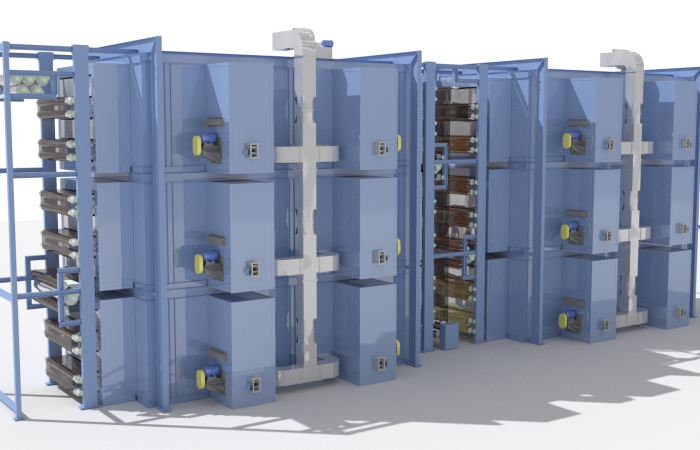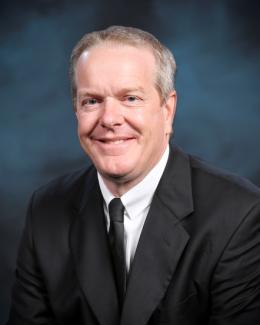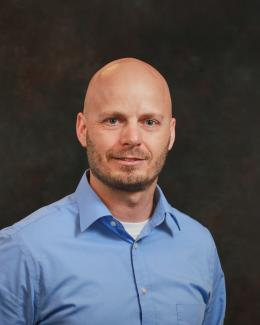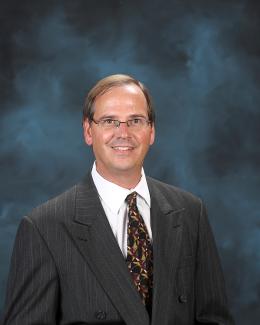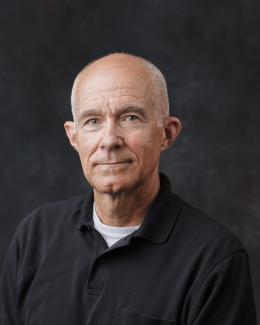OAK RIDGE, Tenn., Feb. 19, 2018 – Four technologies developed at the Department of Energy’s Oak Ridge National Laboratory have earned 2018 Excellence in Technology Transfer Awards from the Federal Laboratory Consortium for Technology Transfer (FLC).
The FLC is a nationwide network of more than 300 federal laboratories, agencies and research centers committed to developing federal technologies and expertise and facilitating their entrance to the public marketplace.
The awards are presented annually to laboratory employees “who have accomplished outstanding work in the process of transferring federally developed technology.” ORNL received four of the eight awards given to DOE laboratories, indicating that ORNL’s nomination “was truly of the highest caliber,” wrote FLC Awards committee chair Donna Bialozor.
ORNL has now won 59 FLC Awards since 1986.
ORNL earned recognition for the following technologies:
Large Area Additive Manufacturing Technologies, co-developed by and licensed to Cincinnati Incorporated and Strangpresse.
The large area additive manufacturing system is capable of 3D printing polymer and composite structures at a scale 10 times larger and 500 times faster than previous state-of-the-art commercial printing systems with less material and energy waste. The system is also the first to utilize plastic pellet feedstock reinforced with carbon fiber, creating stronger and stiffer components.
The large area additive manufacturing system and its component technologies have pioneered the development of larger, faster and more complex additive manufacturing platforms coupled with low-cost, high-performance feedstock materials. They represent a significant innovation in 3D printing and demonstrate the versatility of large-scale additive fabrication as a mainstream manufacturing process.
The large area additive manufacturing technologies were developed and licensed by ORNL’s Lonnie Love, Craig Blue, William Peter, Alan Liby, Vlastimil Kunc, Eugene Cochran, Marc Filigenzi, Colin Cini, Randall Lind and Brian Post. Randy Adams and Rich Neff of Cincinnati and Charles George of Strangpresse were also named on the award.
Aluminum Cerium (ACE) Alloys, co-developed by the Critical Materials Institute, Eck Industries, Ames Laboratory and Lawrence Livermore National Laboratory and licensed to Eck Industries.
ACE, which won an R&D 100 Award in 2017, is a family of aluminum cerium superalloys that demonstrates exceptional performance suited for automotive, aerospace and energy applications. ACE improves upon typical aluminum alloys with the addition of cerium, an abundant yet underutilized rare-earth element that increases the mechanical strength and stability of the alloy.
The lightweight material also displays exceptional performance over previous alloys at high temperatures, opening up new applications in high-performance engines and energy-efficient turbine blades. ACE is also easier to cast than other alloys and does not require energy-intensive heat treatments, which could significantly increase production output and reduce manufacturing costs by up to 60 percent.
The ACE alloys were developed and licensed by ORNL’s Orlando Rios, Michael McGuire, Zachary Sims, Gerard Ludtka, Jennifer Caldwell, Joe Marasco and Marc Filigenzi. Others named on the award were Alexander King and Ryan Ott of Ames Laboratory, Scott McCall of Lawrence Livermore National Laboratory, and David Weiss and Cori Thorne of Eck Industries.
The Atmospheric-Pressure Plasma Oxidation Oven, co-developed by and licensed to RMX Technologies.
The oxidation step of the carbon fiber conversion stage is the longest and the most energy- and resource-intensive step of the manufacturing process and is the biggest source of material inconsistencies and mechanical failure. ORNL’s oven technology reduces oxidation time and energy consumption while increasing material output and quality, all in a smaller, more robust machine than conventional ovens.
The ORNL-RMX oxidation oven addresses a significant bottleneck in the carbon fiber production process and lowers the cost of the final product by 20 percent. The oven can produce all grades of carbon fiber and is an important first step in making carbon fiber composites easily affordable and readily accessible for all industries.
The Atmospheric-Pressure Plasma Oxidation Oven was developed and licensed by ORNL’s Felix Paulauskas, Michael Paulus, Nestor Franco, C. David Warren, Edna Gergel and Marc Filigenzi. Others named on the award were Truman Bonds, Rodney Grubb and Dick Nixdorf of RMX Technologies and Josh Kimmel of 4M Carbon Fiber.
ORNL also received an award for securing four licenses for Low-Cost Carbon Fiber Technology with both large and small businesses.
The award recognizes ORNL’s strategic advancements in carbon fiber manufacturing and the development of the Carbon Fiber Technology Facility (CFTF), a revolutionary pilot production plant pursued under the DOE’s Clean Energy Manufacturing Initiative. The innovative method refined at the CFTF uses affordable precursor materials and an energy-reducing conversion process to produce exceptionally strong, low density carbon fiber at half the cost.
ORNL’s low-cost carbon fiber technology enables companies to produce high quality carbon fiber for applications in transportations, aerospace, renewable energy, infrastructure and manufacturing.
The award names ORNL’s James Roberto, Ron Ott, Alan Liby, Tom Rogers, Michael Paulus, Amit Naskar, Nestor Franco, Jesse Smith, Marc Filigenzi and Tammy Graham.
The four technologies were developed with support from DOE’s Office of Energy Efficiency and Renewable Energy.
ORNL is managed by UT-Battelle for DOE’s Office of Science. DOE’s Office of Science is the single largest supporter of basic research in the physical sciences in the United States, and is working to address some of the most pressing challenges of our time. For more information, please visit energy.gov/science.


